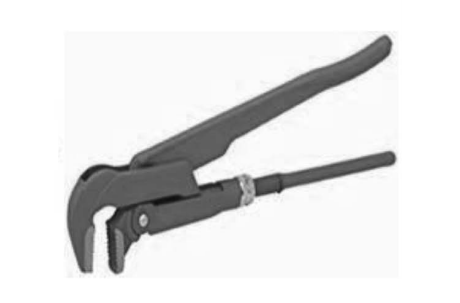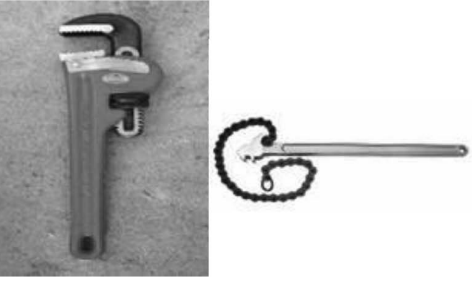In order to reduce supply chain costs, proper HS Tariff Classification needs to be
taken when it comes to adopting CTC method under the FTA.
In this article, I’m going to introduce how “Locking pliers” is classified by the customs across the world.
Those classifying records are retrieved from each country’s Advanced ruling database.
Those information will be a great help to understand how customs might consider classifying.
Table of Contents
Court case in the US
There was a conflict between importer and customs in court.
The issue was how to classify “Locking pliers” under HS code.
Importer insisted that “Locking pliers” should be classified as “Pliers”(HS:8203) but
Customs insisted that “Locking pliers” should be classified as “wrenches”(HS:8204)
In this case, the definition of “Pliers”(HS:8203) and “wrenches”(HS:8204) is important.
Here is an example classification record of “Pliers” and “wrenches”
Plier Classification record(HS:8203)

Pliers with specially shaped gripping jaws (working part). Made of chrome vanadium steel, fully hardened, powder-coated. Pliers have a slider for adjusting the jaw opening (several settings) and elongated handles, with double-PVC coated handles and a non-slip layer. Used for plumbing and general construction works.
Retrieved from:European Union Website
Wrenches Classification record(HS:8204)

Retrieved from:European Union Website
On the metric scale applied to the precision jaws.forged and hardened worm gear mechanism (forged and hardened).The key is made of chrome vanadium steel
The subject of the issue
The item below is the subject of the issue.


Retrieved from:Customs Bulletin
This “Locking pliers” has both essential characters of “Pliers” and “wrenches”.
It must be confusing how to classify.
Court decision
In the end, “Locking pliers” was classified as “Pliers”(HS:8203) not “wrenches”(HS:8204)
Below quoted from Customs Bulletin
Customs classified these tools as “wrenches” under heading 8204 of the Harmonized Tariff Schedule of the United States (“HTSUS”), and denied Importer’s protests to classify them as “pliers” under heading 8203,
The importer then filed suit in the Court of International Trade(CIT), challenging customs classification of the merchandise. The CIT denied customs motion for summary judgment that the tools are properly classified as wrenches under heading 8204, HTSUS, and granted Importer’s motion for summary judgment that the tools are properly classified as pliers under heading 8203, HTSUS.
At the CIT, Customs relied on dictionary definitions in support of its argument that a wrench is a “tool used to grasp an object and then turn or twist it (i.e., apply torque).”
The CIT found that although a wrench may be designed for a particular use, nothing about the tariff term for “wrenches” suggests a type of use such that the court should declare the tariff term one controlled by use.
Therefore, the CIT concluded that “wrench” is an eo nomine term, not one controlled by use. It rejected Customs’s proffered definition and defined a wrench referring only to its physical attributes as a “hand tool that has a head with jaws or socks having surfaces adapted to snugly or exactly fit and engage the head of a fastener (as a bolt-head or nut) and a singular handle with which to leverage hand pressure to turn the fastener without damaging the fastener’s head.”
The CIT held that the products under consideration were not wrenches because they incorporate two handles and jaws that do not necessarily snugly fit the head of a fastener.
